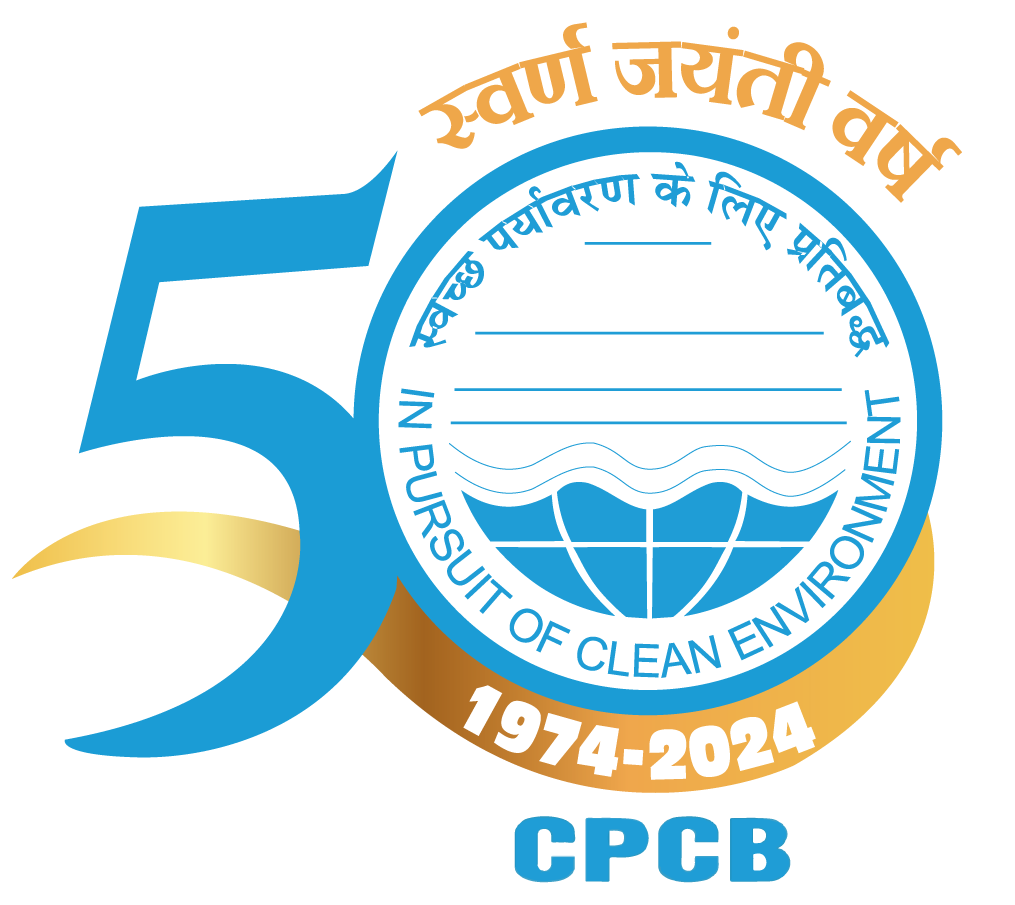- Air Quality Management
- Mandate
- National Air Monitoring programme
- Air quality data
- Graded Response Action Plan
- PAAC - EPC (Environment Protection Charge)
- AQMN Related Portals
- Clean Air Campaign
- Reports
- Publications
- Non Attainment cities /Million Plus Cities
- Source apportionment studies
- Delhi NCR - Old Vehicles List
- Air Quality Management in Delhi-NCR
- National Clean Air Programme
- Specification of Manual –PM 2.5 Sampler
- Specs of Manual PM2.5 Low Volume Sampler
- Water Quality Management
- Quality Assurance/Quality Control
- Waste Management
- Hazardous Waste
- E-Waste
- Municipal solid waste
- Bio Medical Waste
- Plastic Waste
- Rules
- Technical guidelines
- Annual Reports
- Information on Compostable and Biodegradable plastics
- Overview of Plastic Waste
- PWM Publications
- Directions issued
- Registration of Producers/Brand owners (PIBOs) under PWM Rules
- Withdrawl Notice of PRO registration
- Reports Submitted in Hon'ble NGT
- Single Use Plastic (SUP)
- Batteries Management
- Construction & Demolition waste
- Waste Management Technologies
- Used Oil EPR
- Waste Tyre
- Contaminated Sites
- Industrial Pollution
- Pollution Control implementation
- CREP
- Critically Polluted Areas(CPAs)
- Common directions issued
- Monitoring of Industrial Discharge
- Fly Ash Management and Utilization
- Online Monitoring of Industrial Emission & Effluent
- Noise Pollution
- Urban Pollution
- Pollution Control Planning
- Information Technology
- Environmental Training
- NGT/Court Cases
- Public Relations
- Annual Reports
- Infrastructure Development
- Regional Directorates / Project Office
- Old Projects
- Research and Development
Government of India enacted the Water (Prevention and Control of Pollution) Act 1974 to maintain wholesomeness of aquatic resources. The act prescribes various functions for the Central Pollution Control Board (CPCB) at the apex level and State Pollution Control Boards at the state level.
Main functions of the Central Pollution Control Board
- To advise the Central Government on any matter concerning restoration and maintaining the wholesomeness of aquatic resources and the prevention, control and abatement of water pollution.
- To plan and cause to be executed a nation-wide programme for the prevention, control and abatement of water pollution.
- To provide technical assistance and guidance to the State Pollution Control Board.
- To carry out and sponsor investigations and research related to prevention, control and abatement of water pollution.
- To collect, compile and publish technical and statistical data related to water pollution.
- To lay down and annul standards for the quality of water in streams and wells.
Main functions of the State Pollution Control Boards
- To plan a comprehensive programme for prevention, control and abatement of water pollution and to secure the execution thereof
- To advise the State Government on any matter concerning prevention, control and abatement of water pollution.
- To collect and disseminate information related to water pollution.
- To collaborate with Central Pollution Control Board in programme related to prevention, control and abatement of water pollution.
- To inspect air pollution control areas, assess quality of water and to take steps for prevention, control and abatement of water pollution in such areas.
To perform the above functions, CPCB needs continuous monitoring of water quality of aquatic resources in the country. CPCB has established a network of water quality monitoring to fullfill the following objectives.
Objectives of Water Quality Monitoring
- Rational planning of pollution control strategies and their prioritisation;
- To assess nature and extent of pollution control needed in different water bodies or their part;
- To evaluate effectiveness of pollution control measures already in existence;
- To evaluate water quality trend over a period of time;
- To assess assimilative capacity of a water body thereby reducing cost on pollution control;
- To understand the environmental fate of different pollutants.
- To assess the fitness of water for different uses.


















